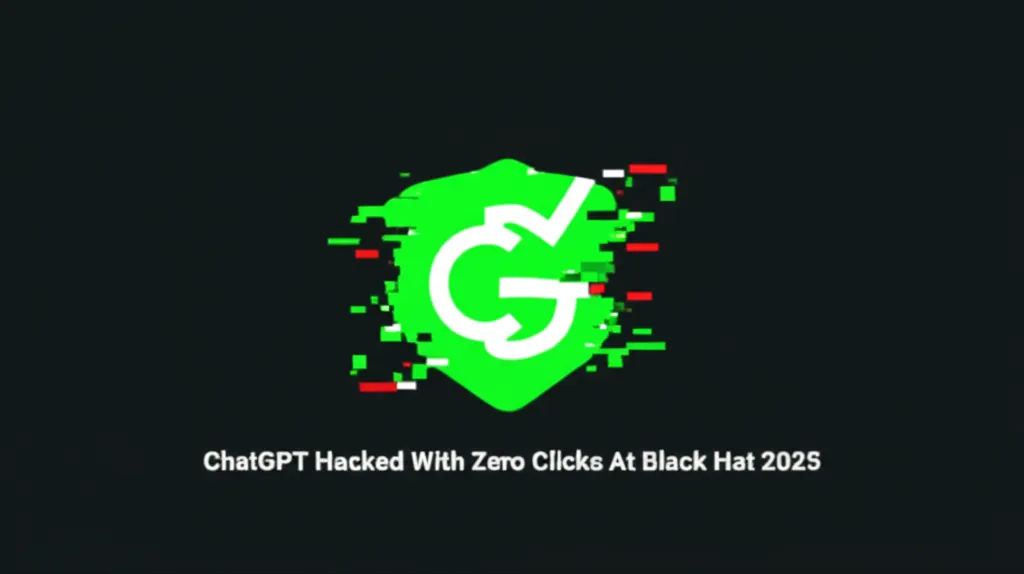AI and Satellites Expose Illegal Fishing in Protected Waters
Marine protected areas now cover over 8% of the world’s oceans, but they often face criticism for being protected on paper only.
While the name suggests a safe haven for marine life, monitoring these vast areas is a significant challenge. High-profile violations, like fishing fleet incursions near the Galapagos Islands and ships that “go dark” by turning off their trackers, have raised concerns about how much illegal poaching goes undetected.
However, new evidence shows some protected areas are successfully keeping illegal fishing at bay.
A groundbreaking global study, using satellite technology capable of tracking large ships even without their tracking systems, reveals that marine protected areas with full bans on industrial fishing are largely succeeding in preventing poaching.
The Dual Role of Marine Sanctuaries and Industrial Threats
Imagine a serene underwater world: a sea turtle gliding past vibrant coral, with schools of butterfly fish weaving through its branches. In the deep blue of the open ocean, tuna flash like silver beneath circling seabirds. These are the precious habitats that marine protected areas are designed to safeguard.
A primary threat to these ecosystems is industrial fishing. Large vessels operate globally, staying at sea for years with support from refrigerated cargo ships. The global industrial fishing fleet, numbering nearly half a million vessels, catches around 100 million metric tons of seafood annually—a fivefold increase since 1950. Today, over one-third of commercial fish species are overfished beyond what their populations can sustain.
When properly designed and enforced, marine protected areas can help restore fish populations and habitats. Research shows they can even benefit nearby fisheries as fish populations spill over into surrounding waters. This is why expanding these protected zones is a key part of international conservation policy, with nearly every country pledging to protect 30% of the ocean by 2030.
Are Protected Oceans Truly Protected
The term “protection” can mean different things. The gold standard for conservation is a marine protected area that completely bans industrial fishing. Research confirms these are effective at increasing marine life and biodiversity.
Unfortunately, most protected areas don't meet this standard. While governments report over 8% of the ocean is protected, only about 3% is covered by a full industrial fishing ban. Many so-called protected areas even permit destructive practices like bottom trawling.
The abundance of fish in well-protected areas can also attract poachers. In a notorious 2017 case, a Chinese vessel was caught in the Galápagos Marine Reserve with 300 tons of marine life, including 6,000 dead sharks. The crew faced severe penalties, but it raises the question: how many others get away with it?
A New Eye in the Sky Exposing the Dark Fleet
Much of our knowledge about global fishing comes from the Automatic Identification System (AIS), which ships use to broadcast their location to avoid collisions. AI can analyze these signals to identify fishing activity. However, AIS has a major flaw: it can be turned off, allowing ships to “go dark.”
New satellite technologies are filling these gaps. Synthetic Aperture Radar (SAR) can detect vessels even when they are not transmitting AIS signals by bouncing radar pulses off the ocean surface. When combined with AI, SAR uncovers previously invisible activity.
![]()
While SAR has limitations, such as difficulty detecting small boats, it represents a major leap forward. One study found that about 75% of fishing vessels detected by SAR were not being tracked by AIS.
Global Study Reveals Striking Success of Fishing Bans
Two recent studies published in the journal Science used these combined satellite datasets to track industrial fishing within marine protected areas.
Our study focused exclusively on protected areas where all industrial fishing is legally banned. We analyzed nearly 1,400 such areas, covering about 3 million square miles.
![]()
The results were remarkable:
- Most of these protected areas showed little to no evidence of industrial fishing.
- We detected an average of only five fishing vessels per 100,000 square kilometers, compared to 42 in unprotected coastal areas.
- A full 96% of these areas had less than one day per year of suspected illegal fishing.
The second study examined a wider range of protected areas, including those that allow some fishing. It documented about eight times more fishing activity in these weakly regulated areas compared to those with full bans.
![]()
Together, these studies lead to a clear conclusion: while areas with weak regulations see significant industrial fishing, areas with complete bans are largely respected.
The Future of Ocean Enforcement is Here
These technological advances in vessel tracking are poised to reshape marine law enforcement by dramatically lowering monitoring costs.
National navies and coast guards no longer need to depend solely on expensive physical patrols. With tools like the Global Fishing Watch map making vessel data freely available, they can monitor activity remotely and deploy patrols more effectively. This also creates a deterrent effect. In Costa Rica’s Cocos Island National Park, for example, evidence of illegal fishing dropped significantly after the introduction of satellite and radar tracking.
Beyond just fishing, these technologies can help track other human activities like oil slicks and deep-sea mining, holding companies more accountable for their use of our oceans.


